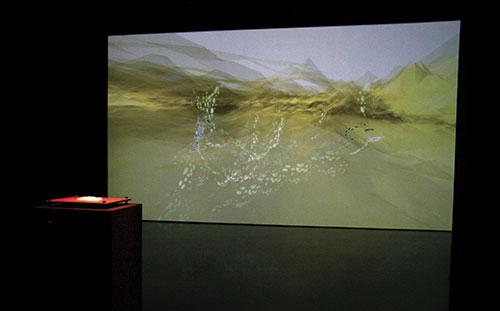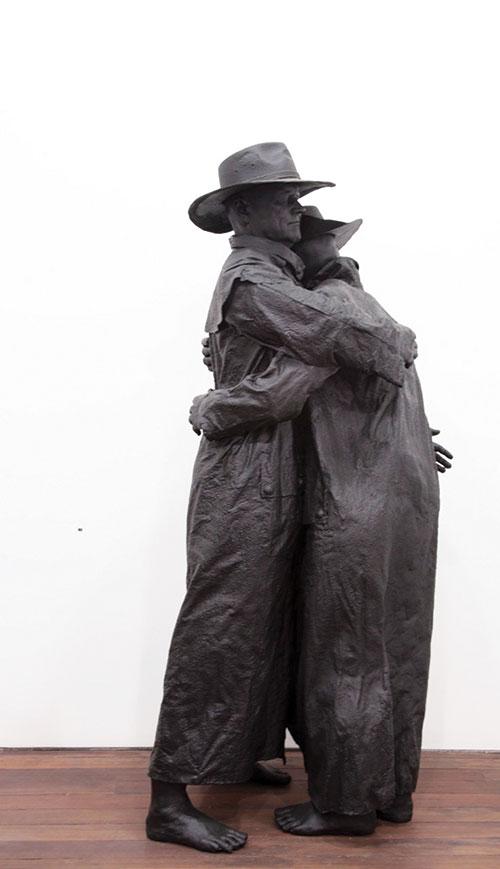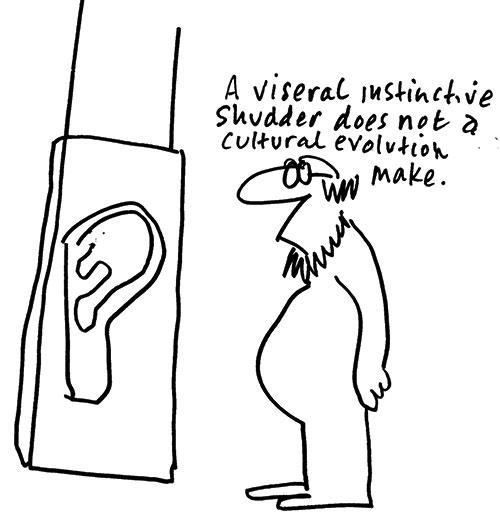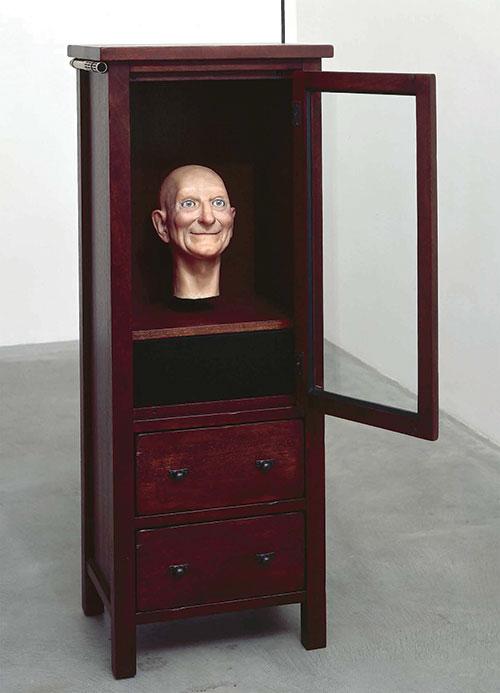Speculative biology in the practice of Pinar Yoldas
When Bio Art received much attention around the turn of the millennium as a result of artworks like Eduardo Kac's green rabbit, a transgenic animal that glowed in the dark under UV light, it unleashed a lively debate about whether biotechnology would become an artistic medium and whether the fine arts should engage with transgenic or cellular organisms. When Bio Art pioneers like Joe Davis began to work with DNA in the late 1980s in projects such as Poetical Vaginal or Microvenus it was a major challenge to get access to scientific laboratories in an institutional context. Passing through the doors of institutions and getting access to a wet bench in a laboratory to go “hands-on” meant in those days a radical change of location. Moving from the studio into the laboratory provided the fine arts with a variety of new materials like bacteria, cells, tissue cultures, or transgenic organisms as a means of artistic expression, but this shift also made it necessary for artists to get acquainted with new epistemologies and the logic of the techno-scientific regime, which governs experimental bench work through protocols, techniques and methods, instruments and equipment, as well as a complex set of human and non-human agents and most notably with patents and the flow of global capital.













